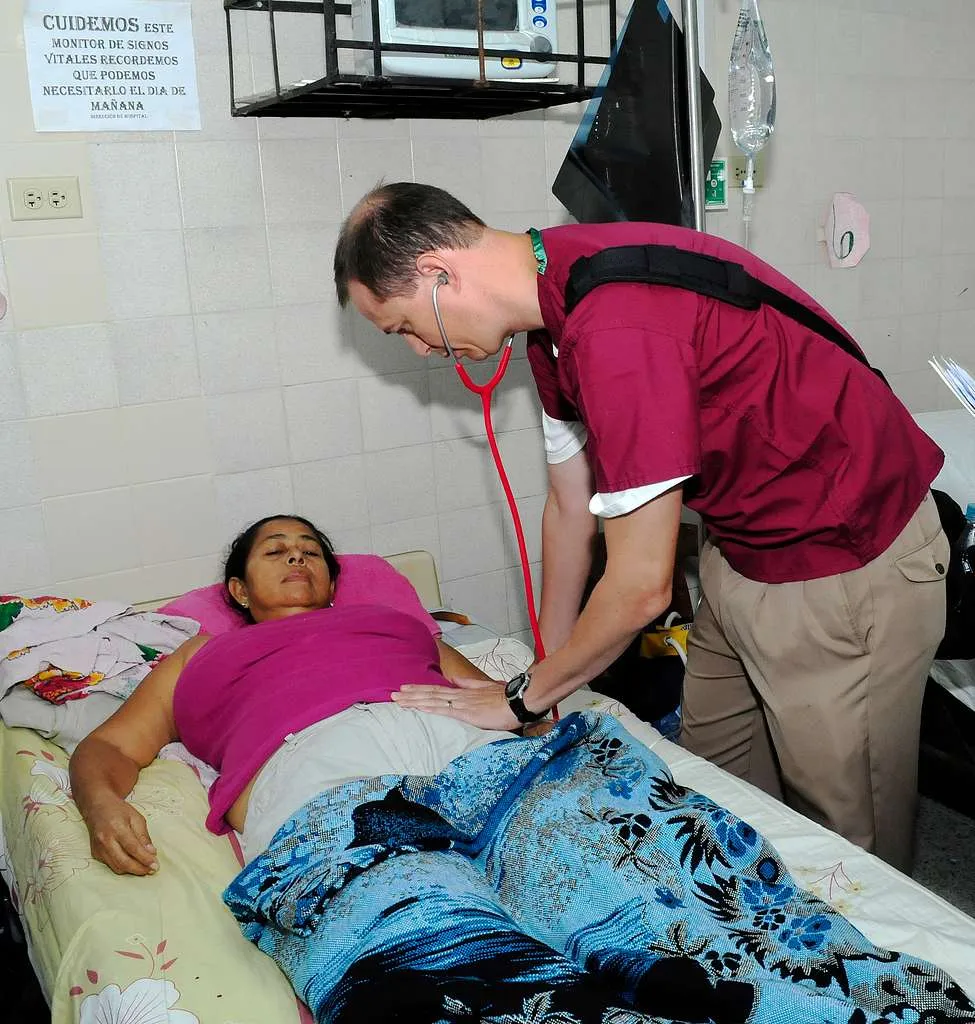In the realm of medical mysteries, the story we are about to unravel stands as a testament to the complexities and unexpected turns that a patient's health journey can take. It all begins with a woman, a familiar face to the emergency room, whose life has been a journey marked by health challenges since her childhood.
Her case presents itself with a startling entry into the emergency room: dilated, unresponsive pupils, and a mouth foaming with a disconcerting froth. Her medical history, however, provides crucial pieces of the puzzle. Since her early years, she has grappled with an eating disorder, which, in part, has led her down a winding path through various health conditions.

At times during her childhood, episodes of acute onset psychosis and hallucinations befell her due to a critical drop in her blood sugar levels, a condition known as hypoglycemia. These episodes often arose from her irregular eating patterns, compounded by her eating disorder, rendering her vulnerable to a host of distressing symptoms, including delusions.
While she got help for eating disorder, she would still suffer from flu, cold, headaches, exhaustion, rashes hen she stayed in the sun for long and so on, then she would end up with Acute onset psychosis and would be back at the hospital. Doctors put the patient on anti-psychotic medications but it didn't work, she would always return to the hospital. A nurse suspected that the patient might be suffering from an autoimmune disease and the rheumatologist diagnosed the patient with Systemic Lupus Erythematosus.
We can say this made sense with regards to the symptoms she had which includes rashes, flare ups, muscle aches, pains, acute psychosis, and so on. She began to take medication for lupus and things looked fine until years later when she started to have swelling in her hands and feet, shoulders and hip started to feel pain, and at this time she was diagnosed with rheumatoid arthritis as a result of immune system attacking the bones and joints leading to damage of the joints. Because she had gotten enough, she didn't want to take a large amount of drug coupled with the one that she has been taking since she was a child.
In the search for a solution, she decided to go online to seek personal therapy for her lupus and her rheumatoid arthritis and she found hydrogen peroxide therapy. She thought that the extra oxygen in hydrogen peroxide was what she needed for her cells and tissues not to be attacked by itself. She also decided to refrigerate the 35% hydrogen peroxide to stabilize it chemically as she read online. A quick warning, 35% hydrogen peroxide is dangerous and can be corrosive when on skin.

A combination of events like this can be dangerous, as she was thirsty and decided to get water from the refrigerator but instead of drinking water, she mistakenly drank the 35% hydrogen peroxide. Immediately she engulfed the H2O2, she felt the fizz and bubble down her throat, and when she realized it was hydrogen peroxide, she thought she had done what she needed, and that was the last thing she remembered.
She became completely unresponsive, and foaming from the mouth. Doctors confirmed that her blood pressure was high, and decreased level of consciousness. She had reflexes on side of her body, while the other side of her body was unresponsive meaning she was already suffering from Hemiplegia. Scanning her brain showed that parts of it where Ischemic which mean part of her brain was not receiving blood and so not receiving oxygen.
Hydrogen peroxide, while a product of normal cellular processes, is typically managed by the body's catalase enzyme, which breaks it down into stable compounds like water and oxygen. In this instance, the concentration of hydrogen peroxide in the body posed a grave concern. The ensuing chemical reaction generated copious amounts of heat, burning cells and damaging tissues, manifesting as caustic burns in the mouth and throat.
Iron in heme encourage hydrogen peroxide breakdown to water and oxygen but while water and oxygen is needed in the body, the concentration of the hydrogen peroxide is the concern. Oxygen bubbles blocked blood flow to the brain although there was excessive oxygen and this led to ischemia.
The subsequent approach to her treatment involved placing her in a high-pressure chamber, known as Hyperbaric Oxygen Therapy. This technique aimed to force more oxygen into the bloodstream and alleviate the damage caused by excessive oxygen bubbles.
The story underscores the critical importance of medical guidance, the dangers of misusing substances like 35% hydrogen peroxide, and the unpredictable outcomes of interventions not grounded in scientific knowledge.
Read More
https://www.annemergmed.com/article/S0196-0644(16)31389-0/fulltext
https://www.ncbi.nlm.nih.gov/pmc/articles/PMC8448209/
https://pubmed.ncbi.nlm.nih.gov/15298493/
https://pubmed.ncbi.nlm.nih.gov/14980354/
https://www.tandfonline.com/doi/full/10.1080/15563650701725136
https://pubmed.ncbi.nlm.nih.gov/10730173/
https://www.researchgate.net/publication/261294018_Fatal_accidental_ingestion_of_35_hydrogen_peroxide_by_a_2-year-old_female_Case_report_and_literature_review
https://www.ncbi.nlm.nih.gov/pmc/articles/PMC2658134/
https://www.ncbi.nlm.nih.gov/pmc/articles/PMC6899283/
https://www.sciencedirect.com/science/article/pii/S0261561420304362